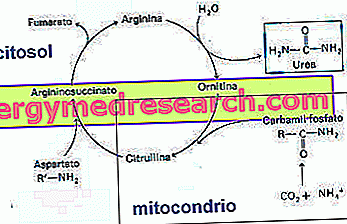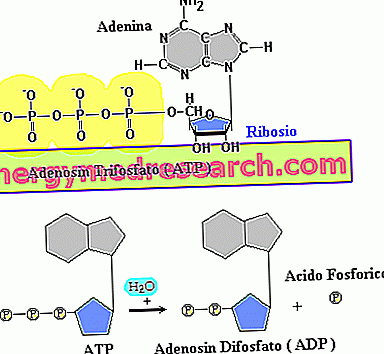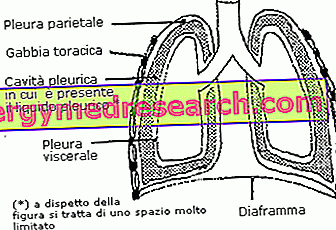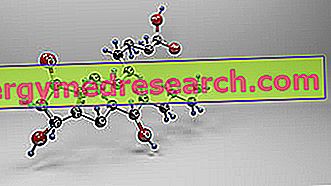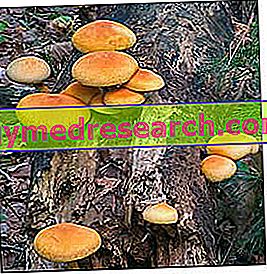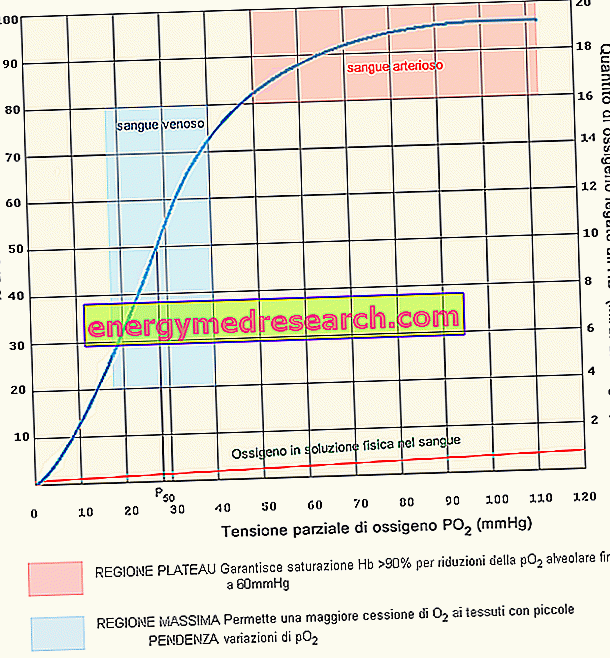See also: phytoestrogens What are estrogens Estrogens are a group of sex hormones typical of the female organism. They are mainly secreted by the ovary in response to the stimulation of a pituitary hormone called LH or luteinizing. A small amount of estrogen is also produced by the adrenal glands and the conversion of other hormones; in modest quantities they are also present in the male organism
Category physiology
Edited by Antonio Rubbino Insulin sensitivity "Insulin sensitivity" refers to how our body's tissues respond to the hormone insulin. Insulin is a "preserving" hormone, allowing glucose to enter cells; more precisely; insulin, by binding to its membrane receptors, allows glucose transporters (GLUT proteins) to cross the cell membrane
Proteins ingested with food are hydrolyzed in the stomach and small intestine to produce free amino acids and oligopeptides. These products are absorbed by the cells of the small intestine and poured back into the bloodstream; most of the amino acids are therefore used by the various organs and tissues for cell renewal processes (protein turnover)
Molecule present in all living organisms, for which it represents the main form of energy storage immediately available. FEATURES Adenosine triphosphate, or ATP, consists of a molecule of adenine and one of ribose (sugar with 5 carbon atoms) to which three phosphoric groups are bound, by means of two high-energy bonds
Anatomical description Anatomy and Physiology of the lower limb veins The veins are blood vessels with a wall formed of three layers which, from the inside to the outside, are respectively: The Intima tunic, covered with a single layer of extremely flat epithelial cells called endothelial cells; The Medium cassock, middle muscular layer, thinner than that of the arteries; The cassock Adventitia , the most external, formed by connective tissue (supporting collagen and elastin)
Generality Fingerprints are literally defined as " mark left by fingertips on a smooth surface, used as a means of personal identification ". Fingerprints can also be defined as the trace left by the dermatoglyphics present on the fingertips of the hands. The dermatoglyphics are nothing but the set of the crests and furrows present on the fingertips of the hands and which take different forms from individual to individual
Definition of pleural fluid Pleural fluid is defined as the fluid interposed between the two serous sheets that make up the pleura, that double layer of connective tissue having the function of supporting and covering the lungs. An adequate amount of pleural fluid is essential to promote breathing: acting as a lubricant, this liquid guarantees the flow of the two serous sheets
Generality The navel is a cupoliform dimple located on the anterior surface of the abdomen, along the median line. This structure corresponds to the insertion point of the umbilical cord (or funiculus) , which, during intrauterine development, connects the fetus to the maternal body, guaranteeing it the supply of oxygenated blood and nutrients
Introduction Prostaglandins are molecules of natural origin normally produced by the body. In detail, these are derivatives of polyunsaturated fatty acids that are synthesized in many tissues of the body and covering different functions within it. Despite being implicated in numerous physiological processes , the most known role of prostaglandins is most likely the one they play in inflammatory processes
In botanical language, the term "saprophyte" (from the Greek sapros, rotten and phyton, plant) is now obsolete and outdated, although some scientific texts still carry this word to indicate all those microorganisms that, to live, need the nourishment of matter decaying organic matter . A saprophyte organism, referring to both animals and plants, feeds on inert organic substances, such as humus, corpses, urine, excrement, milk, wine, etc
Importance of hemoglobin Oxygen is transported in the blood through two distinct mechanisms: its dissolution in the plasma and its link to hemoglobin contained in red blood cells or erythrocytes. Since oxygen is scarcely soluble in aqueous solutions, the survival of the human organism is subordinated to the presence of adequate quantities of hemoglobin



